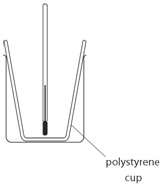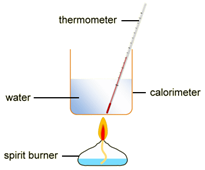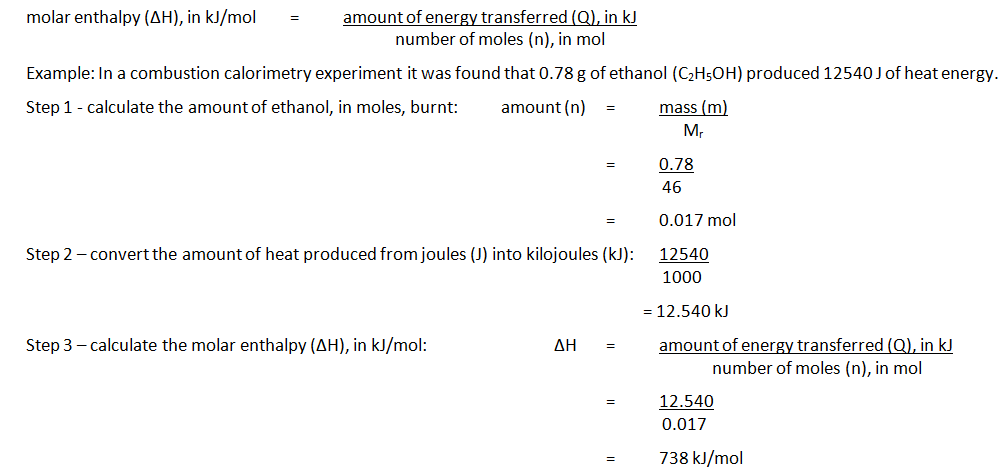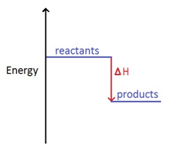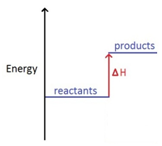3:01 know that chemical reactions in which heat energy is given out are described as exothermic, and those in which heat energy is taken in are described as endothermic
Exothermic: chemical reaction in which heat energy is given out.
Endothermic: chemical reaction in which heat energy is taken in.
(So, in an exothermic reaction the heat exits from the chemicals so temperature rises)
